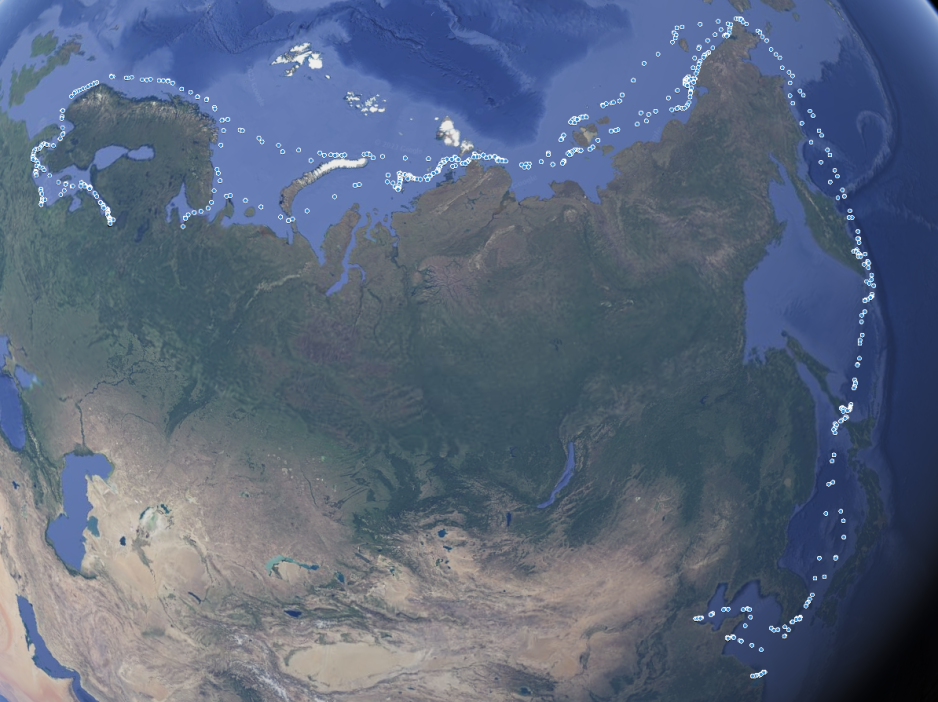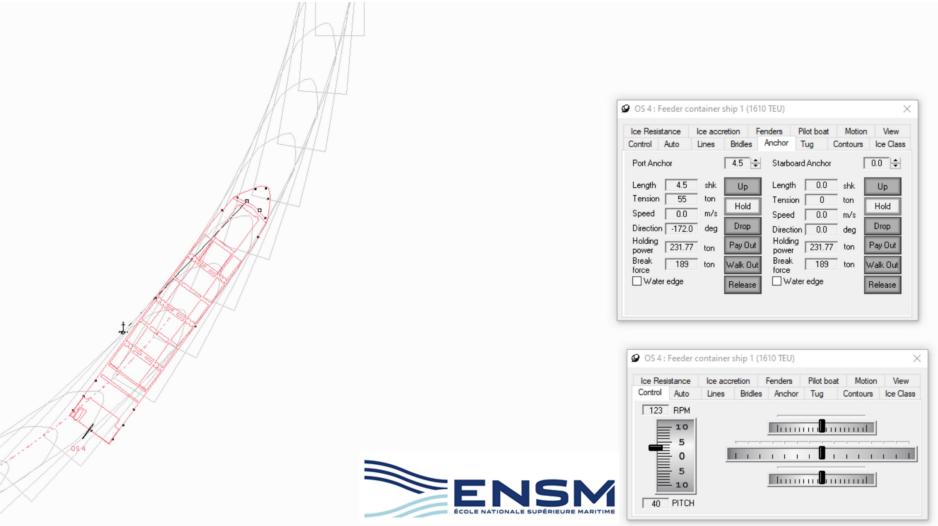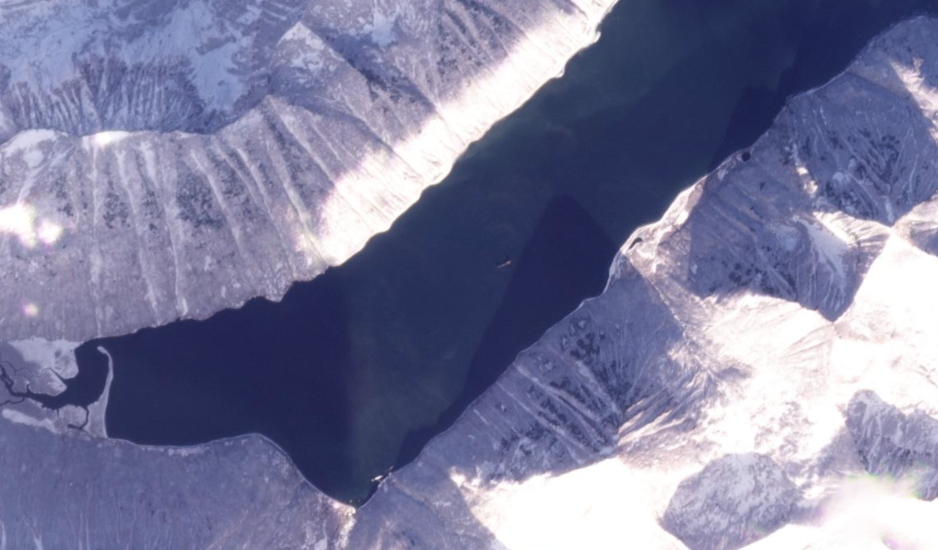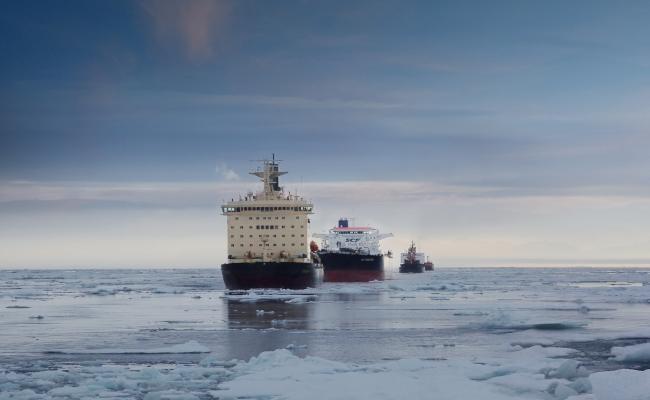Northern Sea Route Saw Seven Containership Voyages in 2023, Including Controversial Chinese Container Ship

China's NewNew Polar Bear in a convoy on the Northern Sea Route during eastbound voyage in October 2023. (Source: Rosatomflot)
Northern Sea Route shipping activity during the summer of 2023 included the first regular container service between Asia and Europe. But the novel service did not transpire without controversy as one of the vessels, Chinas NewNew Polar Bear is suspected of damaging the Balticconnector pipeline. Results of a Finnish request for inquiry with Chinese counterparts remain pending.
After years of announcing grand, but hitherto unfulfilled plans by Russian officials for routine container traffic on the Northern Sea Route (NSR), the Arctic seaway saw the first significant regular liner service this summer.
China’s NewNew Shipping Line dispatched four container ships along the route between July and November, completing a total of seven voyages. For next year the company announced plans to expand its operation to seven vessels.
NewNew Shipping Line provided service between ports in East Asia and St Petersburg, with some vessels making intermediate stops in Arkhangelsk and ports in the Baltic Sea.
All four container ships, NewNew Polar Bear, Xin Xin Hai 1, Xin Xin Tian 1, and Xin Xin Shan, feature light to medium ice protection between class Ice 1 and Arc 5 and are able to carry between 1,200 and 2,800 standard containers.
In comparison, the world’s largest container vessels transport in excess of 20,000.

Table showing port of origin and destination for the seven Newnew Line voyages in 2023. (Source: Author’s own work)
NewNew Polar Bear managed to complete three full transits of the NSR, a unique feat for a containership on the route. The vessel departed from St Petersburg in early July and arrived in China in mid-August before beginning its return voyage back to the Baltic later that month.
It completed another late-season eastbound voyage, with a stop in Arkhangelsk, arriving in China in early December.

Map showing NewNew Polar Bear’s three voyages along the NSR in 2023. (Source: Author’s own work)
Additional voyages were conducted by Xin Xin Hai 1, which completed a three month trip between Busan and St Petersburg and returned to the Russian port of Vanino. Two one way voyages by Xin Xin Tian 1 and Xin Xin Shan round out this summer’s operation.
Both vessels returned to Asia via the Suez Canal.

Maps showing the voyages of Xin Xin Hai 1, Xin Xin Tian, and Xin Xin Shan. (Source: Author’s own work)
Incident remains unresolved
Apart from the novelty of Arctic container operations, the company’s NewNew Polar Bear garnered international attention when the vessel appears to have damaged subsea infrastructure in the Gulf of Finland.
According to Finnish officials, the ship dragged and subsequently lost its anchor along the seafloor for 180 km damaging the Balticconnector natural gas pipeline. The vessel was subsequently photographed during a stop in Arkhangelsk with its port anchor missing.
Shipping experts, who ran simulations about the loads involved when dragging an anchor and the likely course divergences, question the accident theory.
“The hypothesis that it lost its anchor and dragged it on the bottom for a very long distance does not seem very credible,” explains Hervé Baudu, Chief Professor of Maritime Education at the French Maritime Academy (ENSM).
“The accidental theory of an anchor line dragging for several miles without the ship realizing it is unlikely,” continues Baudu.

Simulation showing the dragging anchor slowing the ship down in 5 minutes, and the speed dropping to 5 knots. The anchor turns the ship to port, even with the autopilot on. (Source: © Herve Baudu, 2023 – Wärtsilä simulator of ship handling from ENSM College)
NewNew Polar Bear also conducted a two-day stop in a remote fjord in Russia’s Kamchatka, which raised eyebrows among shipping experts.
“Also strange are the two anchorages that the ship made at the end of the return transit on the NSR, one on the Kamchatka peninsula and the other to the south of Sakhalin Island. Could it then have picked up a new anchor?” questions Baudu.

Newnew Polar Bear visible in the center of the image in Bukhta Russkaya, a bay in Kamchatka between November 18-20, 2023. (Source: Google Earth)
Much speculation continues to surround the incident and officials, including from the Finnish National Bureau of Investigation, requested the vessel’s inspection upon its return to China.
“It is easy to check, because the anchor line and the anchor have a nomenclature number to track the condition of the equipment. So, was there any intention to rupture the pipeline or was it pure coincidence? Only a thorough inspection by the Chinese authorities will quickly clear up any doubts,” concludes Baudu.


